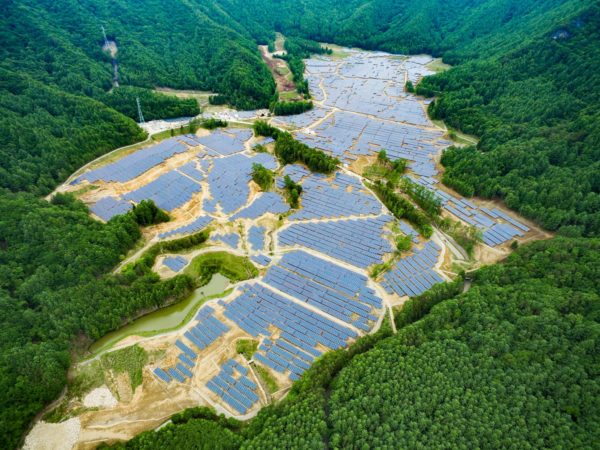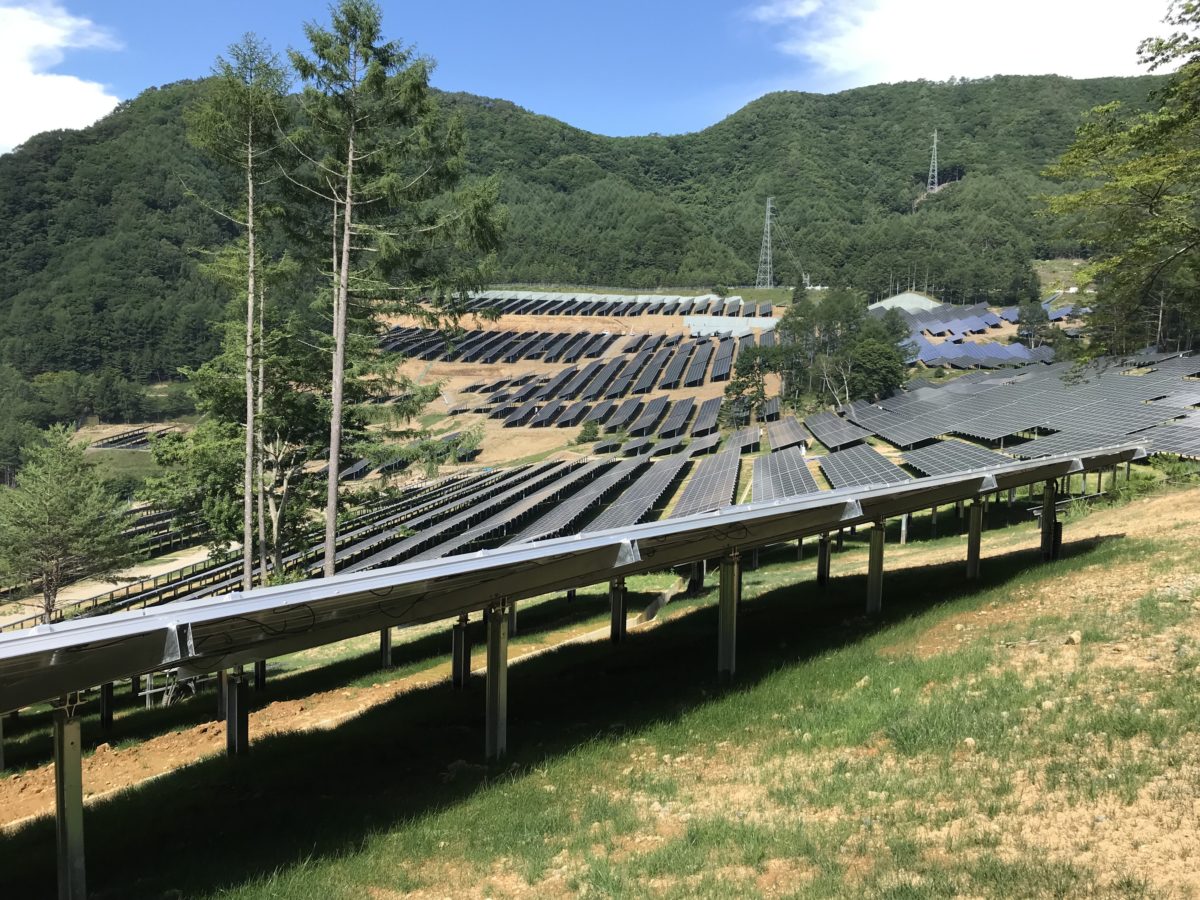Land-constrained Japan is currently seeing a larger number of utility scale solar projects being built in mountainous areas, due to lack of available flat land and increasing measures to limit the deployment of solar parks in agricultural areas.
One of these projects is a 37 MW solar plant built by Singapore-based renewable energy developer Vena Energy in Kawakami, a village located at an altitude of 1,185m in Japan's Nagano prefecture.
The Kawakami Solar Project was built under Japan's feed-in tariff scheme with around 89,000 bifacial photovoltaic solar panels on a surface of 49.87 hectares.

Image: Vena Energy
“The Kawakami Solar Project is our first renewable energy project in the Nagano prefecture and we are grateful to our host communities for their support,” said Juan Mas Valor, head of Vena Energy Japan. “With its completion, Vena Energy now operates a total of 26 solar and wind projects, totaling 516 MW across Japan.”
Popular content
Japan-based engineering company Airu has provided construction works for the facility.
Land scarcity and grid congestion were recently pointed out by the International Renewable Energy Agency as the two main reasons behind the limited success of Japan's six solar auctions and the high costs of PV installations in the Japanese market. Furthermore, the agency reported it is difficult to secure permits for a solar park above 40 MW in size in Japan, as there is a long approval process which comes on top of high land costs and grid congestion.
This content is protected by copyright and may not be reused. If you want to cooperate with us and would like to reuse some of our content, please contact: editors@pv-magazine.com.



3 comments
By submitting this form you agree to pv magazine using your data for the purposes of publishing your comment.
Your personal data will only be disclosed or otherwise transmitted to third parties for the purposes of spam filtering or if this is necessary for technical maintenance of the website. Any other transfer to third parties will not take place unless this is justified on the basis of applicable data protection regulations or if pv magazine is legally obliged to do so.
You may revoke this consent at any time with effect for the future, in which case your personal data will be deleted immediately. Otherwise, your data will be deleted if pv magazine has processed your request or the purpose of data storage is fulfilled.
Further information on data privacy can be found in our Data Protection Policy.